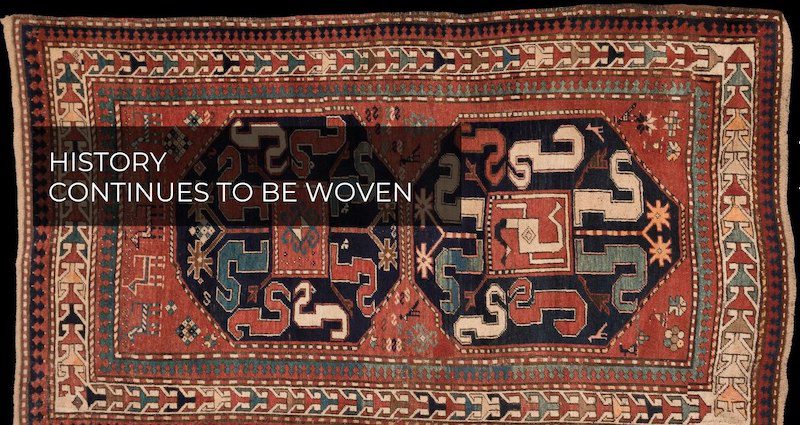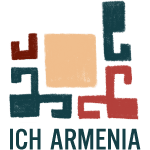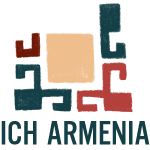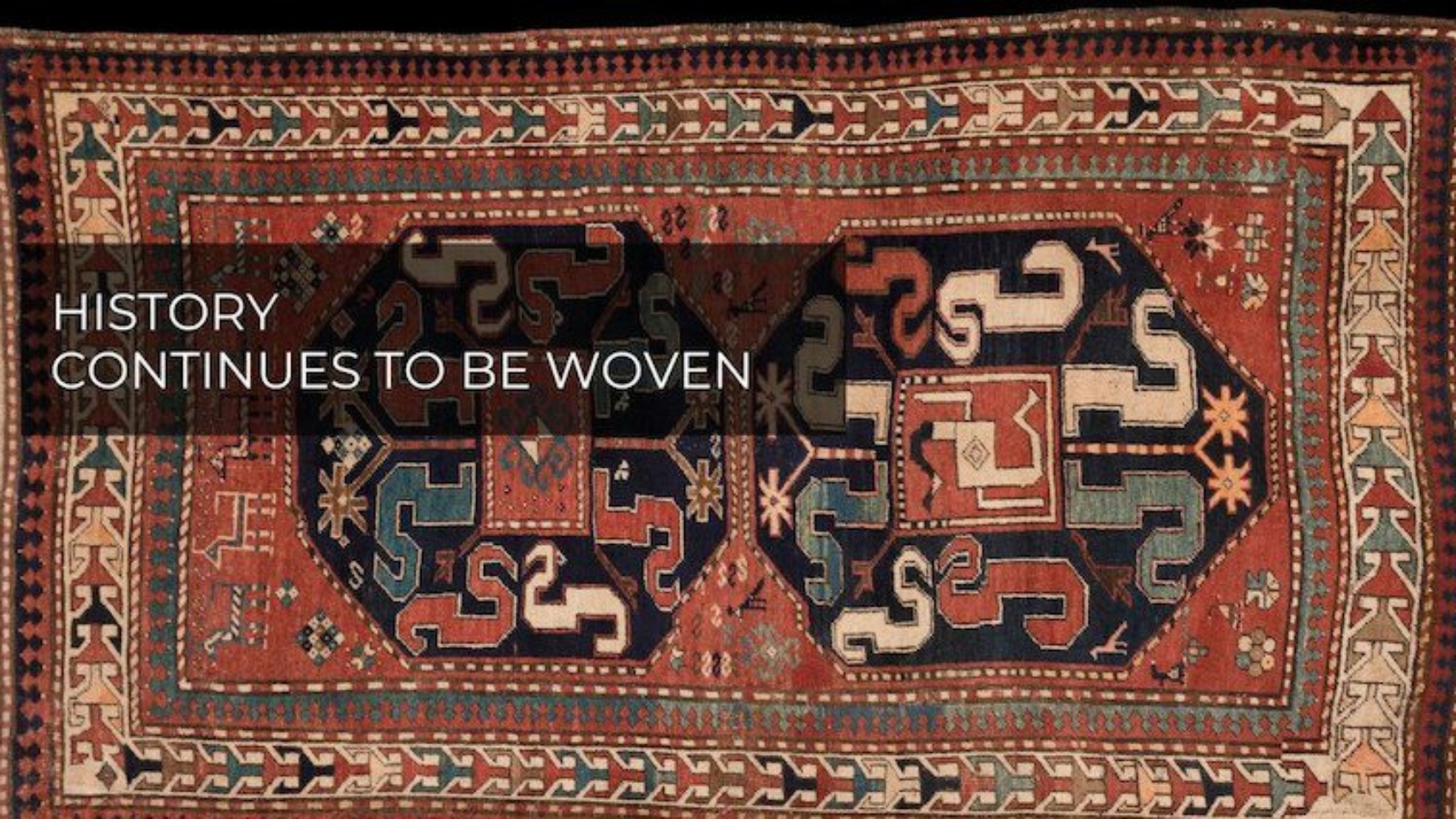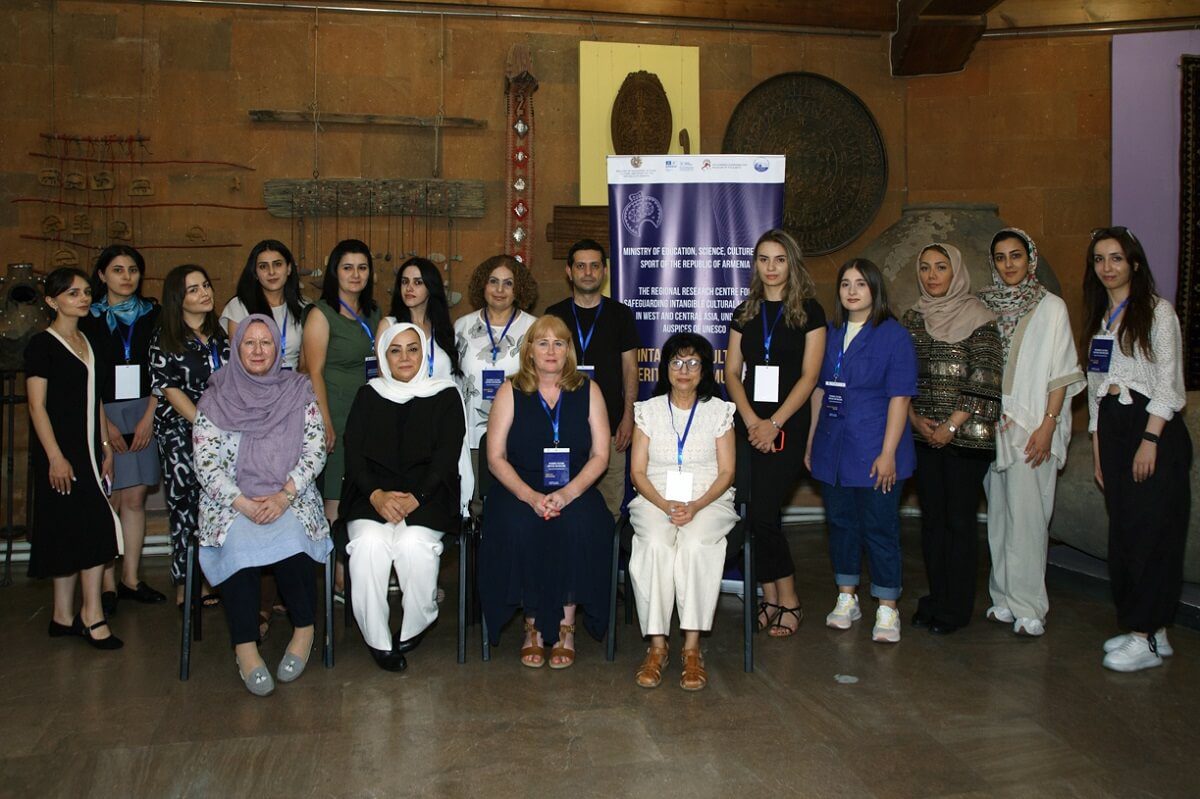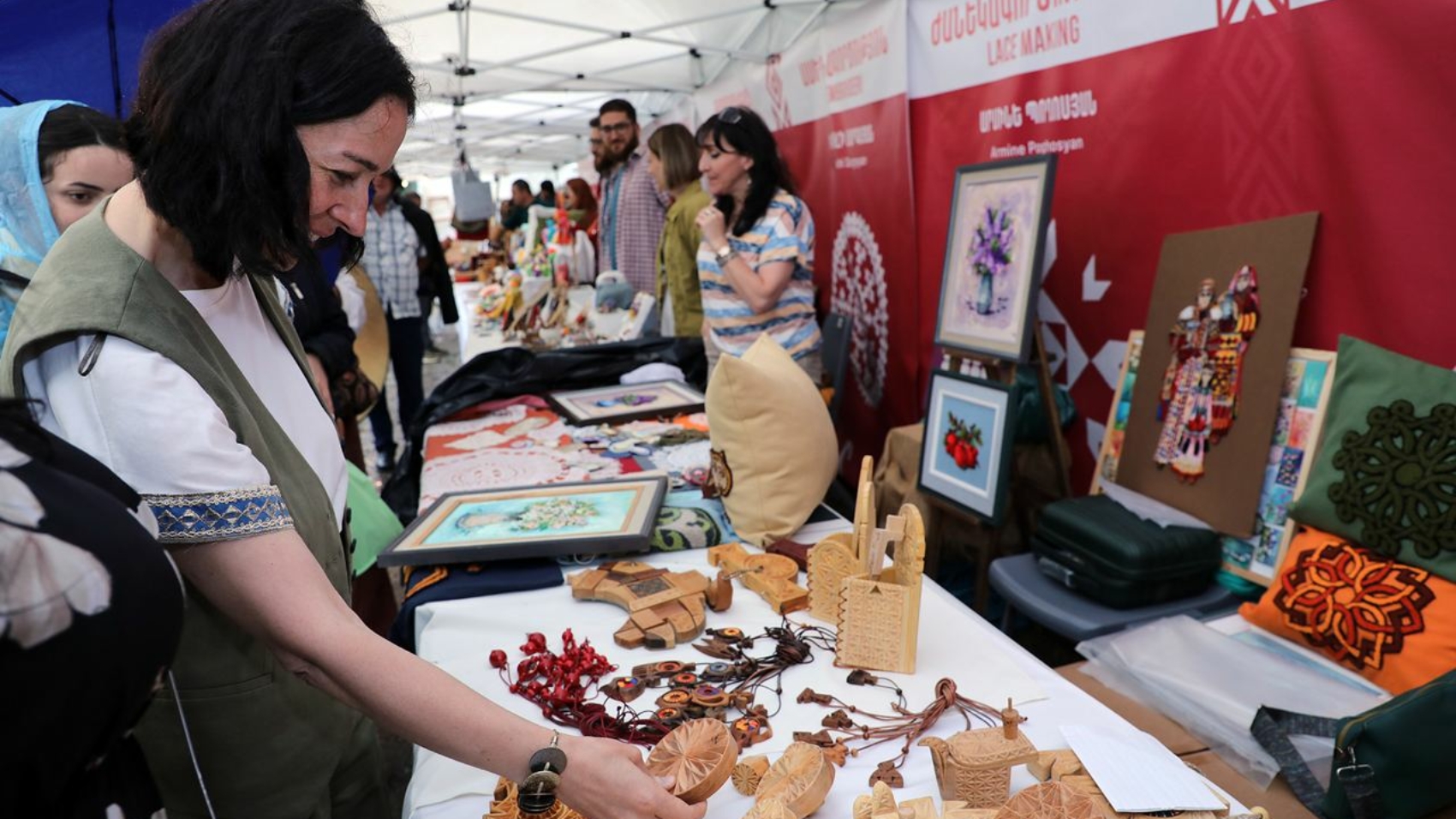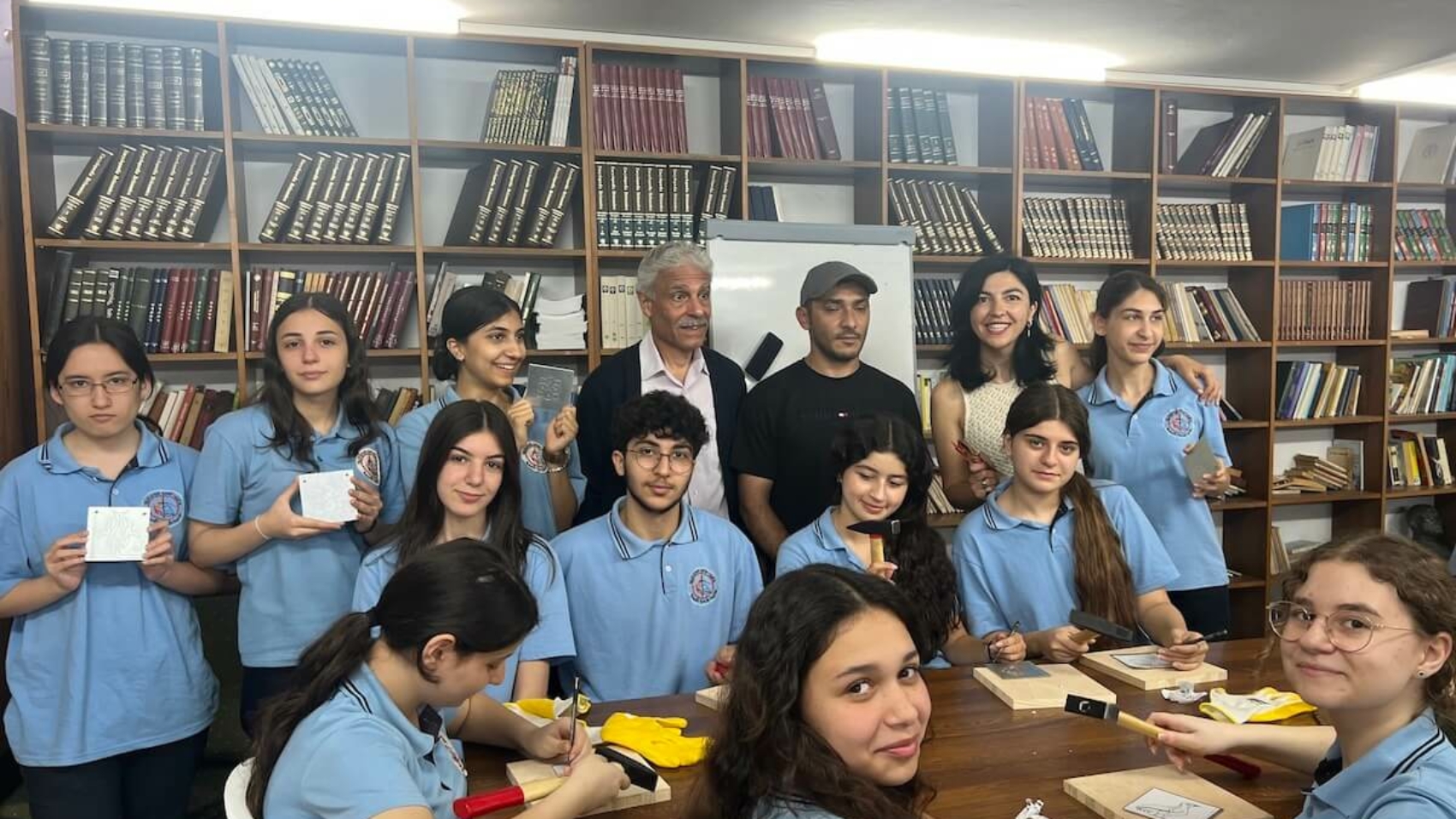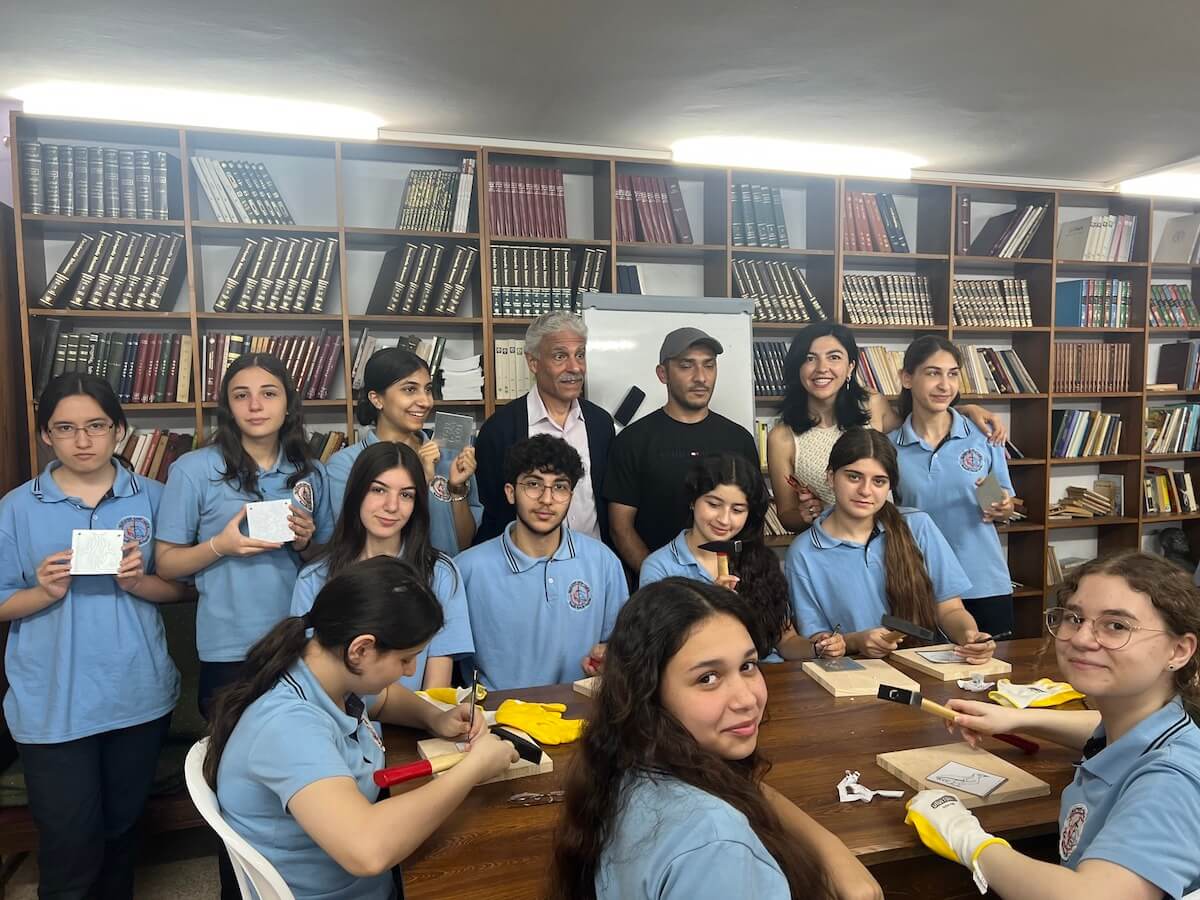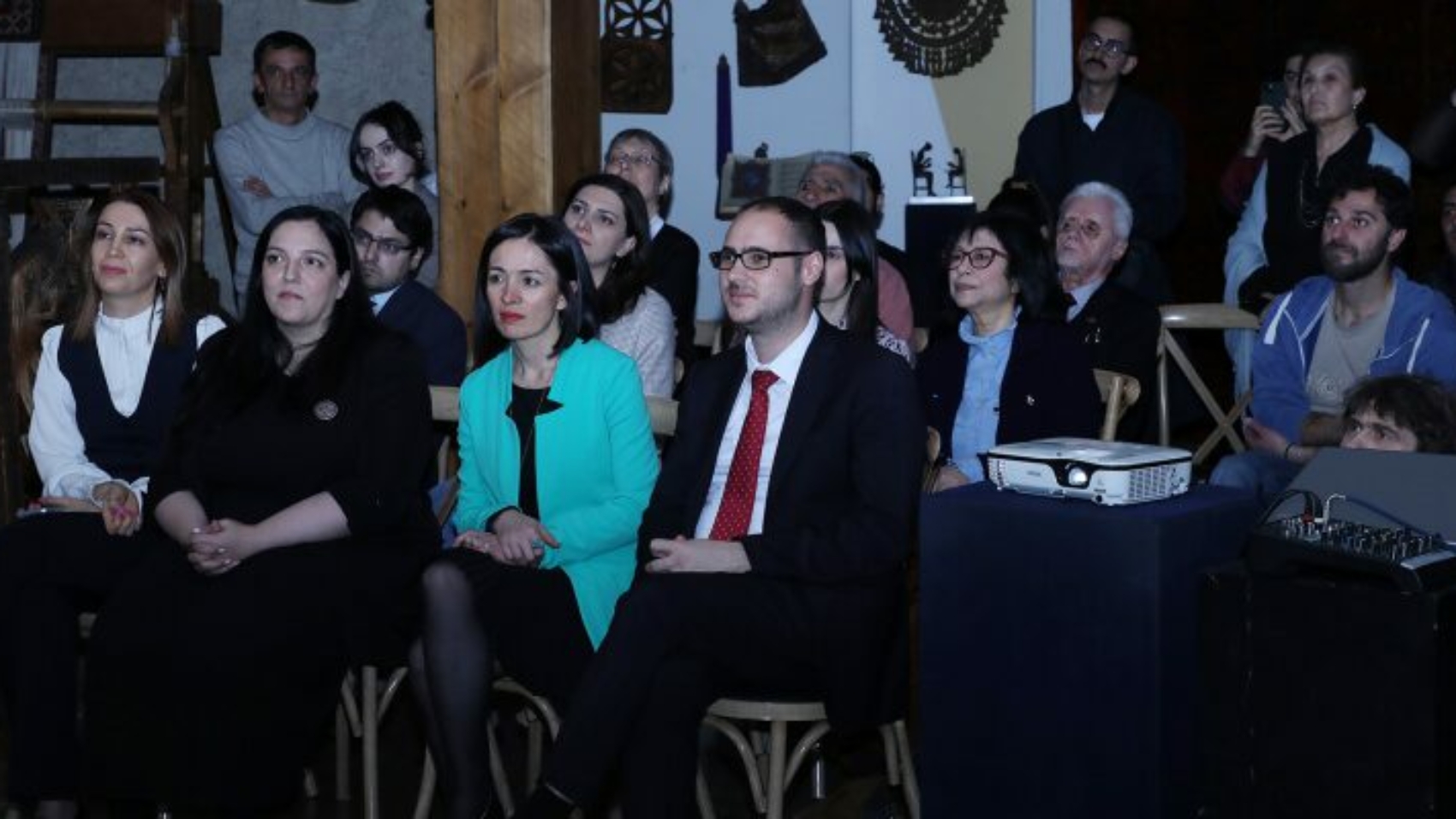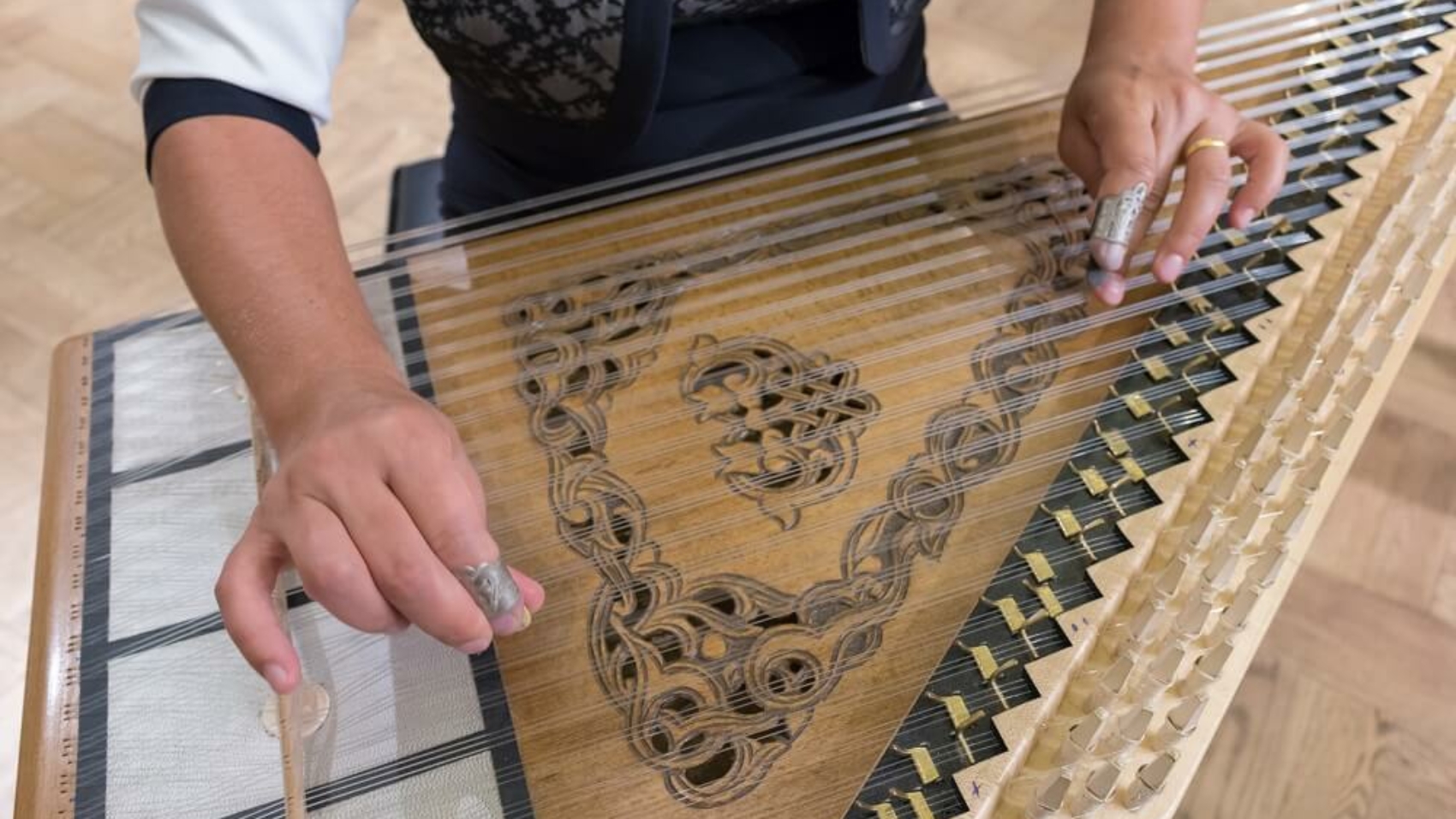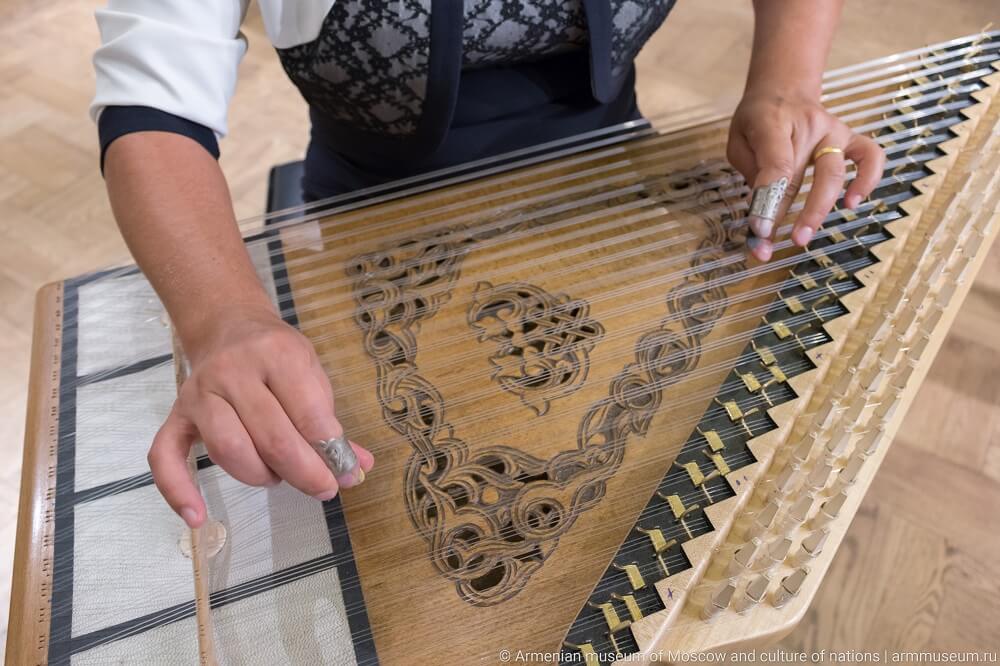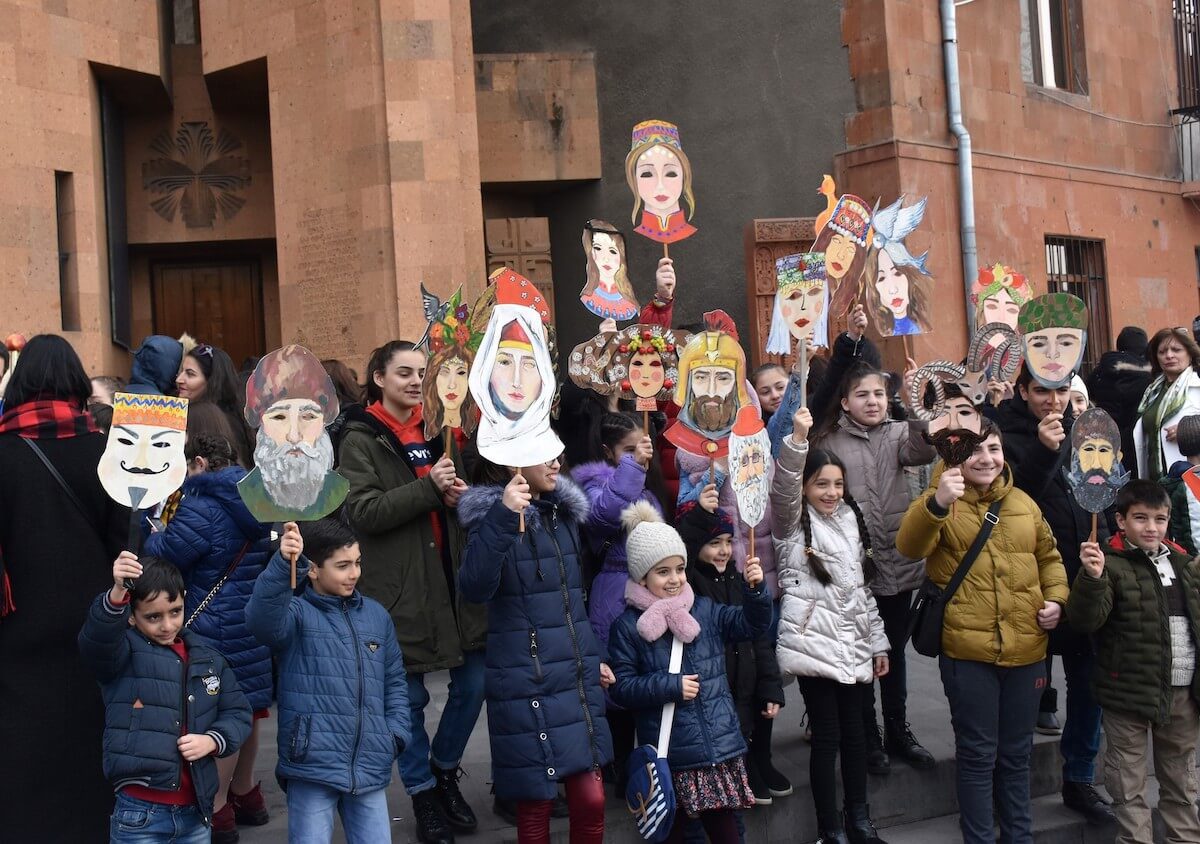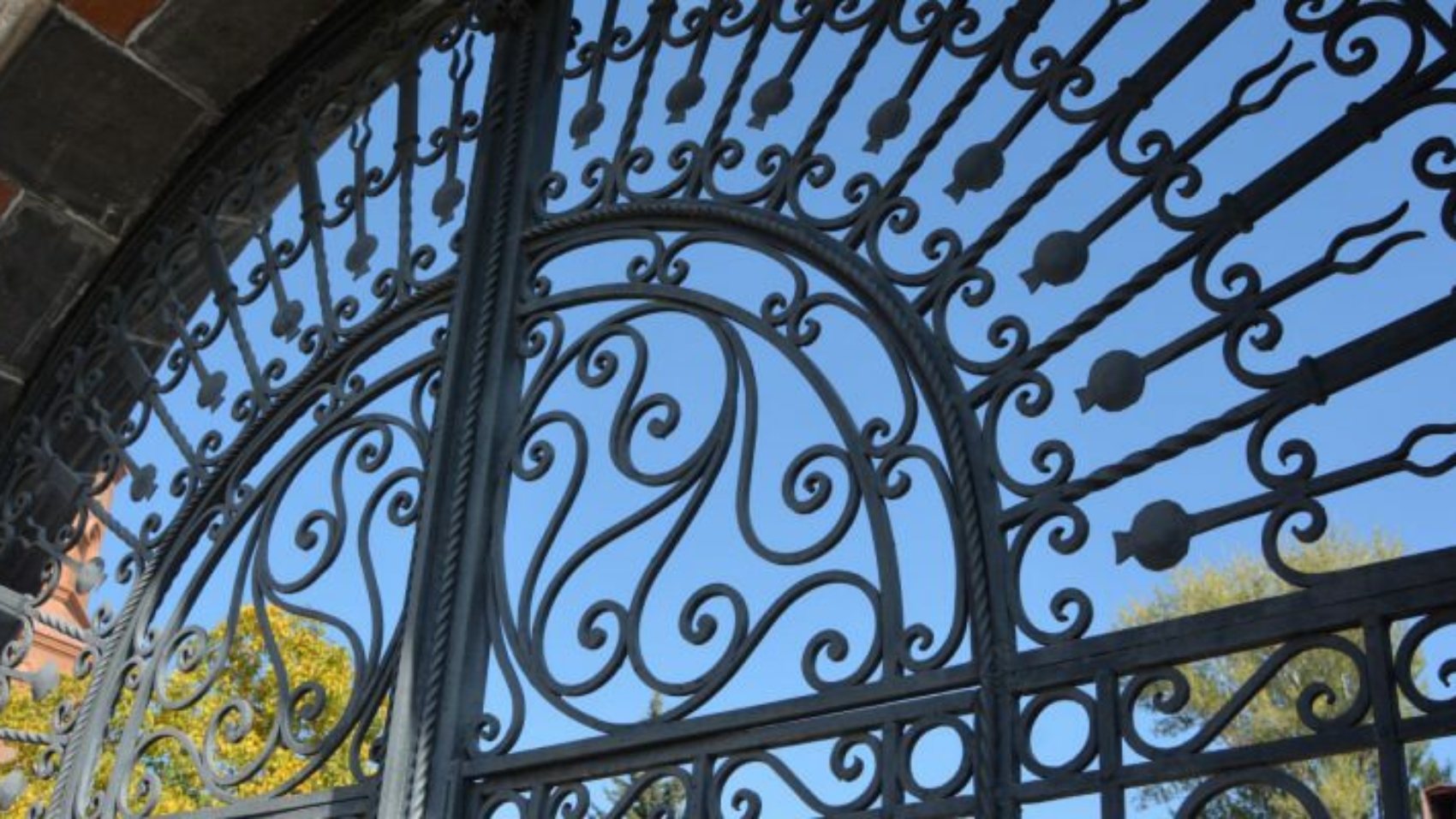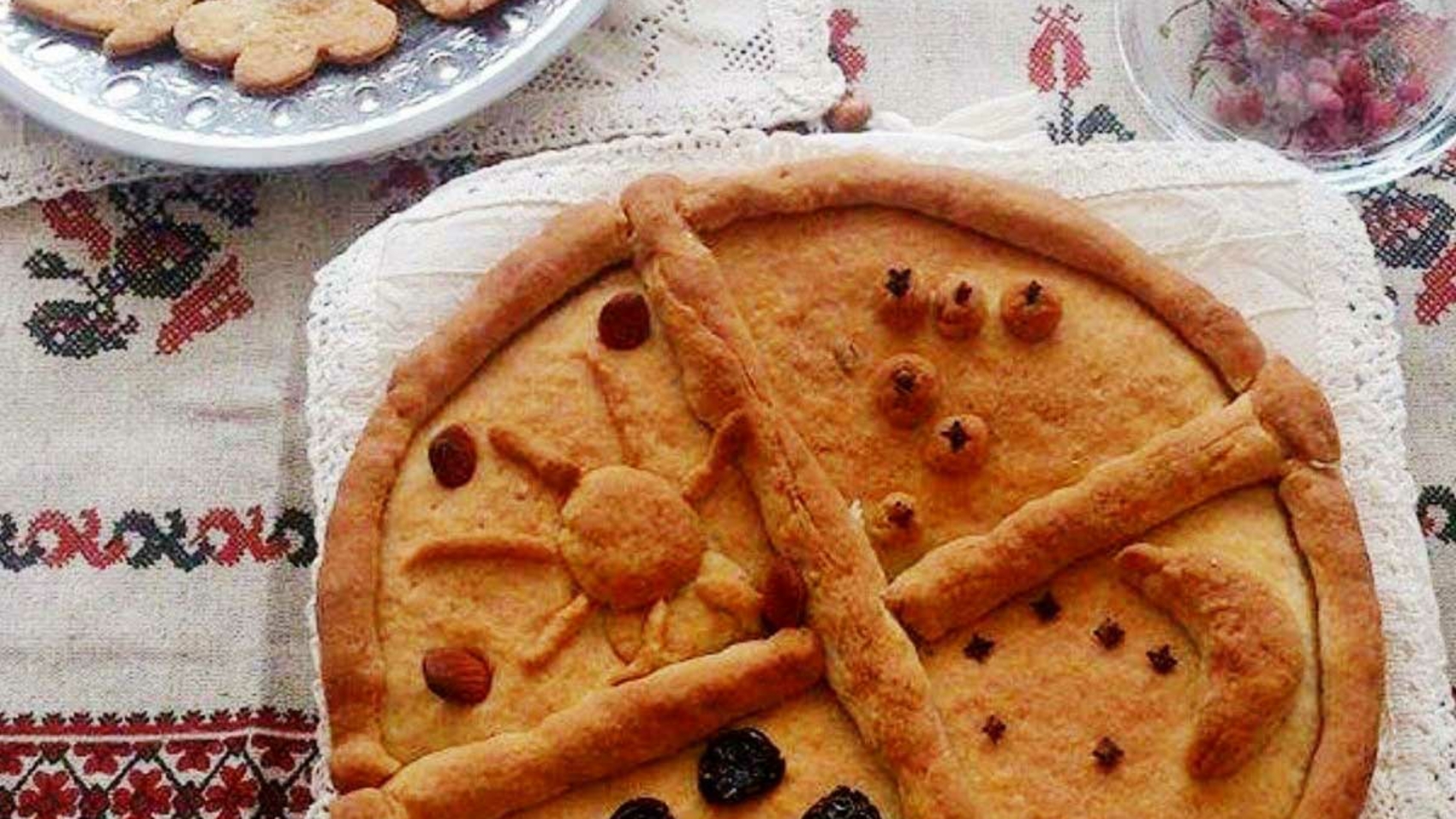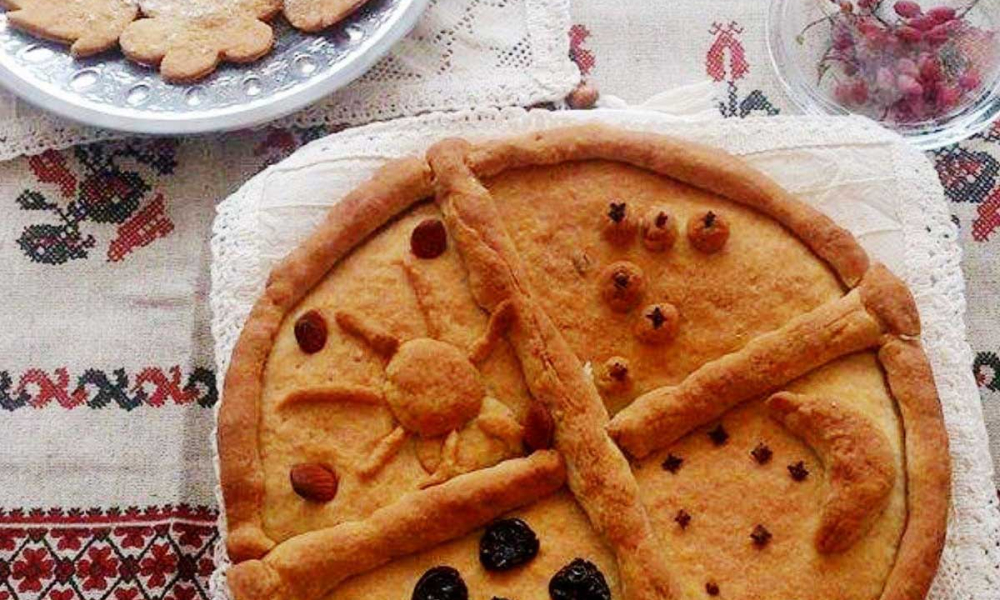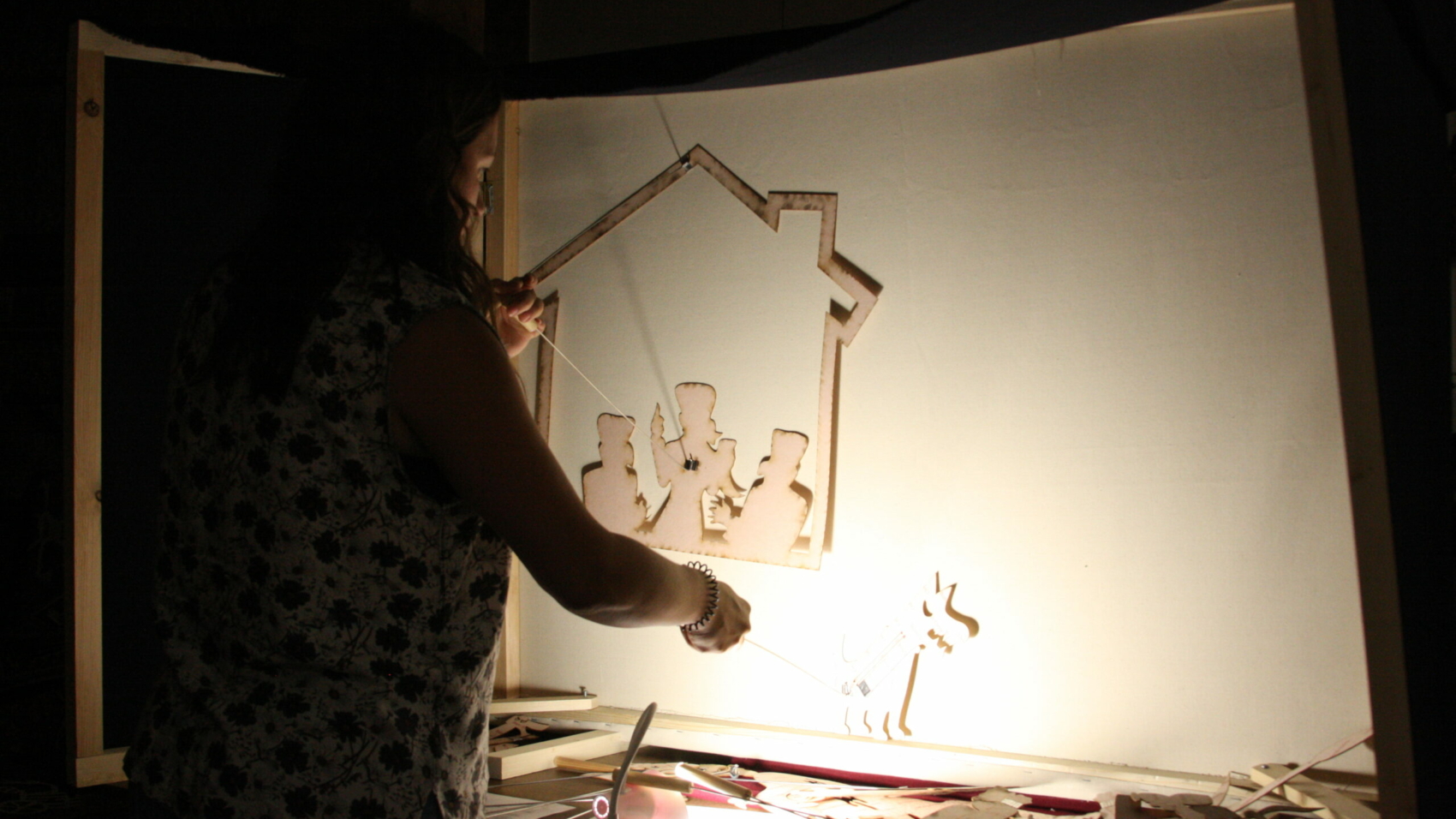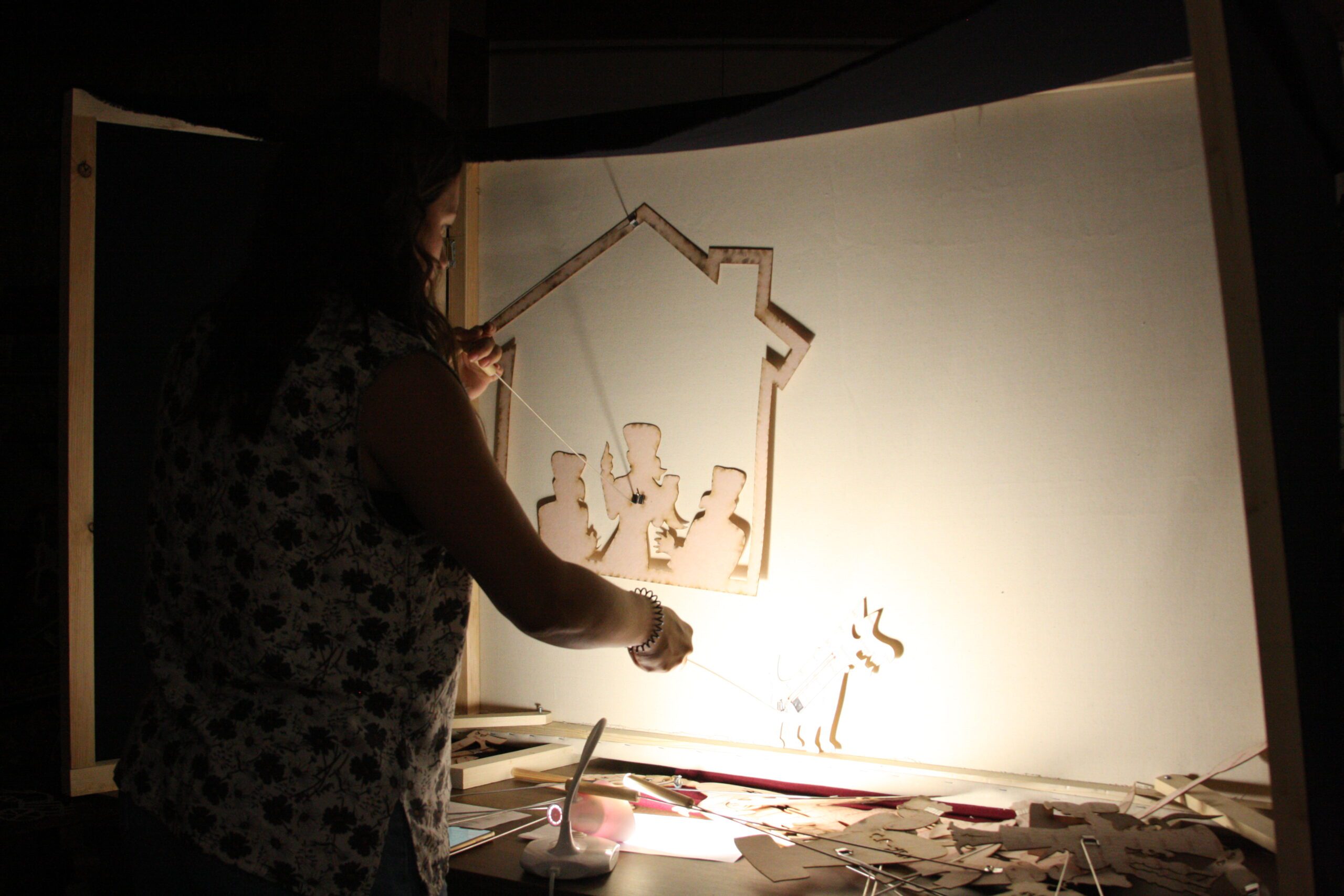RA Minister of Education, Science, Culture and Sports Zhanna Andreasyan took part in the opening of the second International Crafts Festival in Dilijan, which was held by the Folk Arts Museum after Hovhannes Sharambeyan on July 20-21 with the support of the Ministry.
The minister got acquainted with the handicrafts made by Armenian and international masters. Welcoming the participants and guests of the festival, Zhanna Andreasyan emphasized that folk crafts and art are important values of our identity and culture, the preservation and development of which is an issue of the day.
” I am sure that with the help of such festivals, we can make visible folk crafts, which are an integral part of our culture, and through which we can see an important layer of both values and work. It’s also about reinventing our traditions, which is also very important. Handicrafts are first of all work, and we encourage work, education and importance for folk crafts to continue. Moreover, in the modern world, they take interesting forms, becoming truly a work of art” said Zhanna Andreasyan and thanked all the masters participating in the festival for their cooperation and invaluable work.
Zhanna Andreasyan informed that the next Crafts Festival will be held this fall in Vayots Dzor region. The minister happily stated that the participation of international masters in the festival held in our country is gradually increasing. In particular, representatives from Serbia, Bulgaria, Iran, Georgia and other countries are participating in the festival this year.
Zhanna Andreasyan also thanked the administration of the Hovhannes Sharambeyan Museum of Folk Arts for the important activity and emphasized the importance of the early reopening of the museum’s Dilijan branch. As part of the visit to Dilijan, Minister Zhanna Andreasyan also visited the Dilijan branch of the museum, where renovation works are being carried out with state funding. Zhanna Andreasyan got acquainted with the progress of the works, which are in the final stage.
Lusine Toroyan, director of Hovhannes Sharambeyan Museum of Folk Arts, expressed her hope that the International Crafts Festival will become a popular event for artists from the region as well as from all over the world.
Within the framework of the festival, various samples of crafts and arts were presented in the city park of Dilijan: embroidery, unique works made of wood and metal, carpets, jewelry, dolls, pottery, etc.
About 40 craftsmen from Armenia and abroad participated in the festival, displaying their handicrafts. Zhanna Andreasyan also emphasized the participation of Gyumri blacksmiths in the festival, taking into account the fact that Gyumri’s blacksmithing tradition was included in the UNESCO list of intangible cultural heritage of humanity.
The first International Crafts Festival was held in 2022 in Gyumri.
